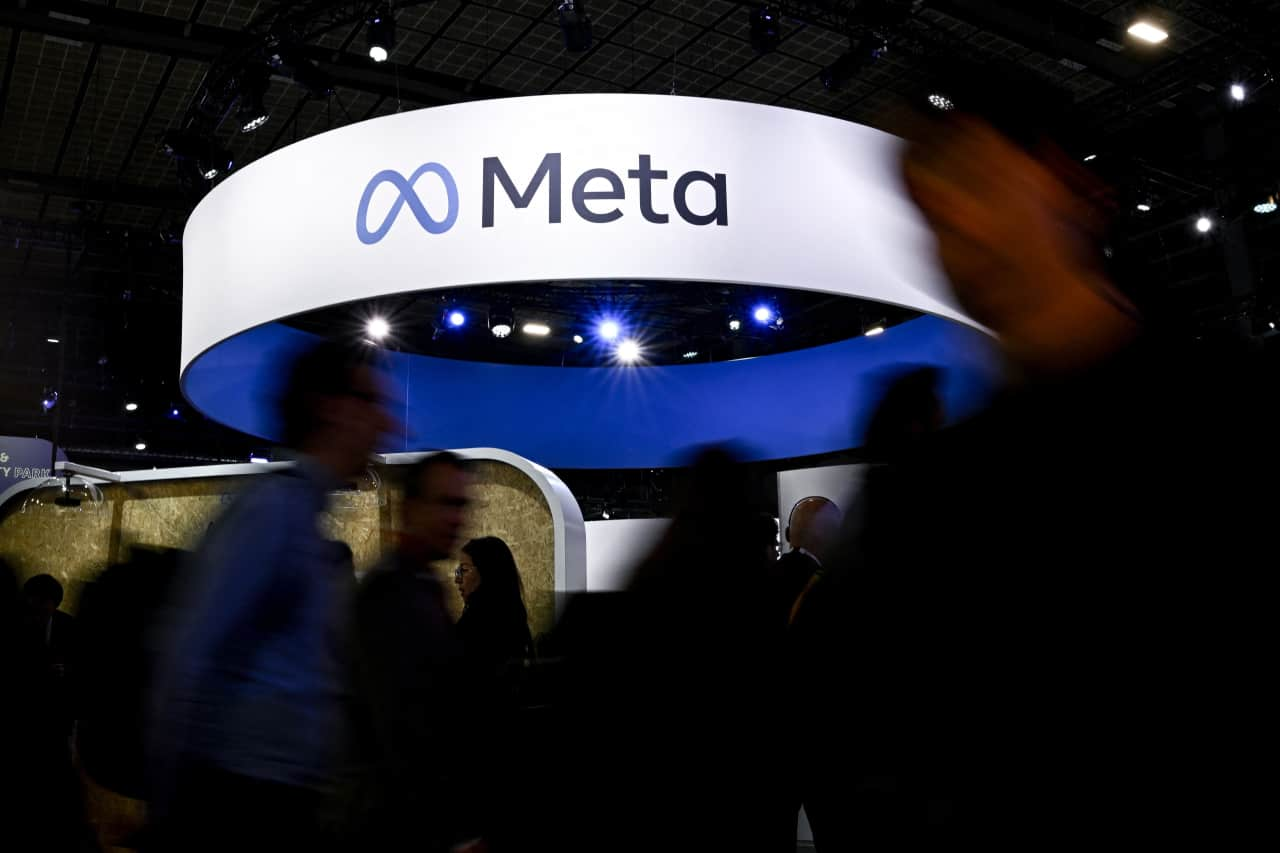Meta Strikes $10+ Billion AI Cloud Deal with Rival Google
In a surprising twist in the tech world, Meta Platforms has inked a massive six-year cloud computing deal with Alphabet’s Google, valued at over $10 billion, despite their long-standing rivalry in online advertising. Announced on August 21, 2025, this partnership focuses on bolstering Meta’s artificial intelligence (AI) infrastructure, leveraging Google Cloud’s servers, storage, and specialized AI hardware like Tensor Processing Units (TPUs). For U.S. businesses and consumers, this deal signals a shift in how tech giants navigate competition and collaboration in the race for AI dominance. Here’s a straightforward breakdown of the deal, its significance, and its implications.
The Deal: What’s Happening?
Meta, the parent company of Facebook, Instagram, and WhatsApp, will spend at least $10 billion over six years to use Google Cloud’s services, including servers, storage, networking, and AI-optimized tools like the 7th-generation TPUs and Vertex AI platform. The agreement, first reported by The Information and confirmed by sources to Reuters and CNBC, marks Meta’s first major cloud partnership with Google. It follows a similar deal Google struck with OpenAI in June 2025, signaling Google’s push to close the gap with cloud leaders Amazon Web Services (AWS) and Microsoft Azure.
The deal aligns with Meta’s massive AI investment strategy. CEO Mark Zuckerberg announced in July 2025 that Meta plans to spend hundreds of billions to build AI data centers, with 2025 capital expenditures projected at $66–72 billion, up $2 billion from prior estimates. To manage costs, Meta is offloading $2 billion in data center assets and adopting a multi-cloud approach, already partnering with AWS and Azure. The Google deal enhances Meta’s ability to scale AI operations quickly without overbuilding its own infrastructure.
Why This Matters in 2025
This partnership is a seismic shift in the U.S. tech landscape, where competition for AI dominance is fierce. Meta and Google have long been rivals, vying for ad revenue (Meta’s primary income source, at 97.5% of its 2023 sales) and user attention across their platforms. Yet, the deal shows how AI’s infrastructure demands are forcing collaboration. Meta’s Llama AI models and new Meta AI app require immense computing power, which Google’s TPUs—offering 2–3x performance over generic GPUs—can provide cost-effectively.
For Google, the deal is a coup. Its cloud unit, generating $13.6 billion in Q2 2025 with a 32% revenue jump, is gaining ground on AWS and Azure, which dominate with general-purpose infrastructure less suited for AI workloads. Landing Meta as a client, alongside OpenAI and the U.S. Department of Defense, boosts Google Cloud’s credibility in the $500 billion AI infrastructure market. Posts on X reflect excitement among investors, with some calling it a “game-changer” for Google’s cloud ambitions, though sentiment remains speculative.
The Hidden Dynamics
The deal highlights a broader trend: “AI infrastructure as a service.” Meta’s hybrid approach—outsourcing compute to Google while controlling its AI supercluster development—allows flexibility and cost savings. It also reflects the commoditization of cloud infrastructure, where even rivals share resources to meet AI’s demands. Google’s prior move to host Meta’s Llama models on Vertex AI in 2023 laid the groundwork for this partnership.
However, challenges loom. Meta’s heavy AI spending—$114–118 billion in total 2025 expenses—has raised investor concerns about profitability, with Emarketer noting it may not boost short-term profits. Regulatory scrutiny is another risk, as Meta faces investigations over its AI tools, like an Italian probe into WhatsApp’s AI use. For Google, maintaining its AI-first edge requires ongoing investment, as AWS and Azure are developing AI-specific offerings.
Implications for U.S. Businesses and Consumers
- Businesses: The deal sets a precedent for collaboration in AI infrastructure. SMEs can follow Meta’s lead, partnering with cloud providers to access AI tools without massive capital outlays. It also signals a shift toward specialized providers, benefiting firms like NVIDIA and smaller AI hardware players like Cerebras Systems.
- Consumers: Enhanced AI infrastructure could improve Meta’s services, like personalized ads or AI-driven features on Instagram and WhatsApp, but higher costs from tariffs or AI investments might raise service prices. Privacy concerns persist, as AI reliance grows.
- Investors: Google Cloud’s growth makes Alphabet a compelling bet, with shares up 1% in premarket trading post-announcement. Meta’s stock, up 26.3% year-to-date, faces scrutiny over AI spending, but the deal may stabilize its infrastructure costs.
What’s Next?
The deal, spanning to 2031, will see Meta integrate Google’s AI tools to accelerate projects like its Llama models and Meta AI app. Google aims to secure more high-profile clients, building on its OpenAI and DoD contracts. Both companies face pressure to deliver results, with Meta needing to justify its AI spending and Google aiming to overtake AWS and Azure.
Lessons for Businesses
- Embrace Strategic Partnerships: Rivals can collaborate on infrastructure to cut costs and scale quickly.
- Invest in AI Infrastructure: Specialized tools like TPUs are critical for staying competitive in AI.
- Balance Cost and Innovation: Multi-cloud strategies, like Meta’s, optimize resources without overbuilding.
Conclusion
Meta’s $10 billion-plus cloud deal with Google is a landmark moment in 2025, blending competition with collaboration to fuel the AI race. By tapping Google’s AI-optimized infrastructure, Meta aims to scale its ambitions while Google strengthens its cloud market position. For U.S. businesses, this highlights the value of strategic partnerships and specialized tech in navigating AI’s demands. As both companies push forward, the deal could reshape how tech giants—and smaller firms—approach innovation, competition, and resilience in a rapidly evolving landscape.
(Word count: 1,147)
